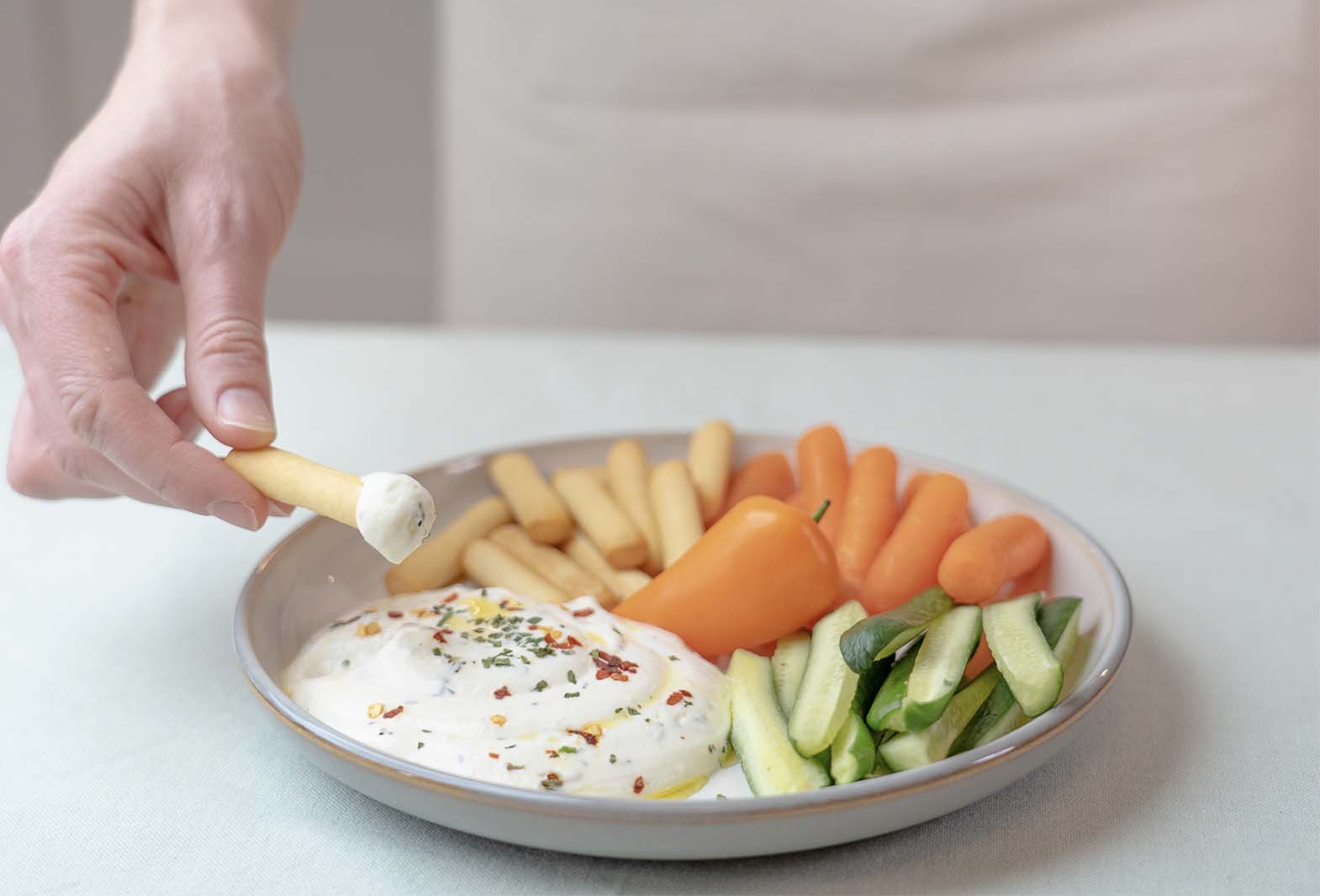Our Blog

Yoghurt, Kefir or Skyr, what are the differences?
Kefir, yoghurt and skyr; all delicious, all great for your gut but what is the difference between the three? Let us guide you through a culture revelation (bacterial culture we mean) and provide some clarity on what’s what and why you might choose one over the other. All three products go through a fermentation process where the added culture converts sugars into acids. This gives the tart flavour that is synonymous with yoghurt, kefir or skyr. From there the differences start to become more obvious than the similarities.
Kefir, yoghurt and skyr; all delicious, all great for your gut but what is the difference between the three?
Let us guide you through a culture revelation (bacterial culture we mean) and provide some clarity on what’s what and why you might choose one over the other.
All three products go through a fermentation process where the added culture converts sugars into acids. This gives the tart flavour that is synonymous with yoghurt, kefir or skyr. From there the differences start to become more obvious than the similarities.
Kefir
A traditional fermented drink, kefir can be made with milk, plant milk, juice and water (water is only possible if you have kefir water grains).
It can be made with kefir grains or culture – both contain a wide range of yeast and bacteria. Due to this wide range there is a higher level of probiotics in the finished fermented product which is great for promoting digestive health.
Kefir is always quite runny and consumed as a drink, not with a spoon out of a bowl like yoghurt and skyr. There is yeast in the culture which can make a fizzy product if that’s what you’re after. Seal your kefir jar with the lid to catch the carbon dioxide that is produced during fermentation.
Kefir is able to ferment at lower temperatures than milk, it still prefers to be between 20 – 30oC/68 – 86°F but is less affected by temperature than yoghurt due to the presence of mesophilic cultures.
Yoghurt/Yogurt
Yoghurt is a food produced by the bacterial fermentation of milk (there is no added yeast in yoghurt, just bacteria). For a product to be classified as yoghurt it has to be produced using at least Lactobacillus delbrueckii subsp. bulgaricus and Streptococcus thermophilus bacteria. These are thermophilic cultures and need heat to be able to be active.
Yoghurt is only made with milk or plant milk and to get the thick, creamy consistency of Greek yoghurt it must be full fat milk. To increase the thickness of your product you can further strain it through a muslin cloth.
Yoghurt is primarily made up of thermophilic cultures which require heat to work their magic. With warmth (around 40oC/104oF) the cultures will become active and more rapidly turn the sugars into acid, causing the thickening step.
Skyr
An Icelandic cultured product, skyr has been around for a long time but is only just being discovered by the mainstream market. The primary differences between skyr and yoghurt are the addition of rennet and the use of low fat/skim milk.
Skyr is technically classified as a cheese thanks to the rennet but is enjoyed more like yoghurt in both sweet and savoury dishes. There is a specific draining step in skyr that concentrates the product to produce the delicious thick, creamy consistency; despite it being made from low fat/skim milk.
This concentration step leads to a higher level of protein in the skyr while still having the same gut friendly cultures as yoghurt. Lactobacillus delbrueckii subsp. bulgaricus and Streptococcus thermophilus bacteria must be present in skyr, which means you also need to maintain the temperature at 40oC/104oF during the culturing step.
With lower fat and higher protein than yoghurt, plus a milder flavour and thick consistency, Skyr is well worth giving a try.
All three options can be recultured and help support good digestive health. Whether you prefer a more traditional product like yoghurt, a drinkable high probiotic kefir or a higher protein and lower fat option like skyr; all have their benefits and all are delicious!!
